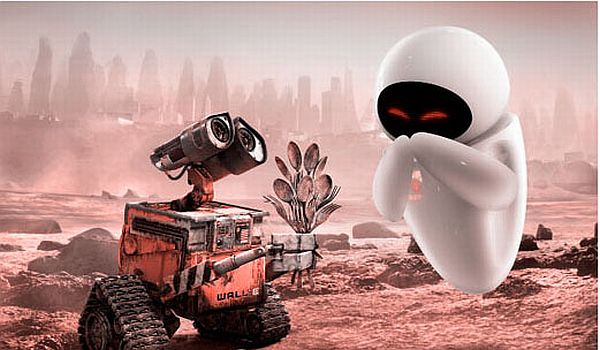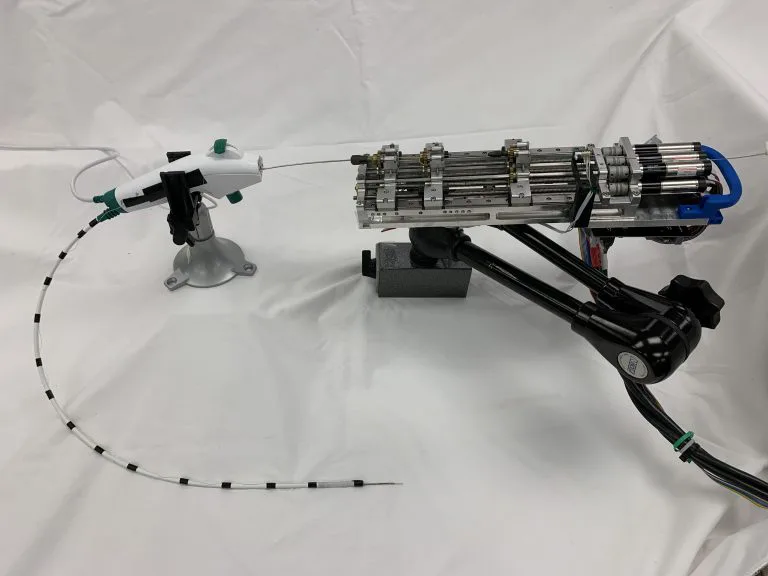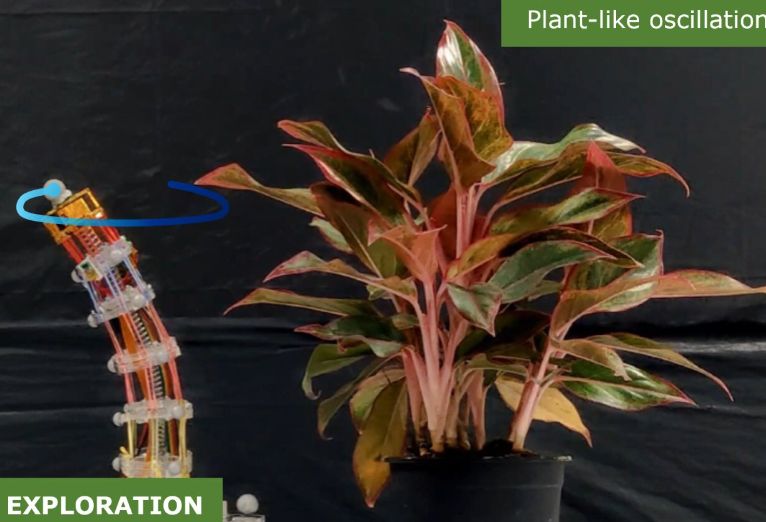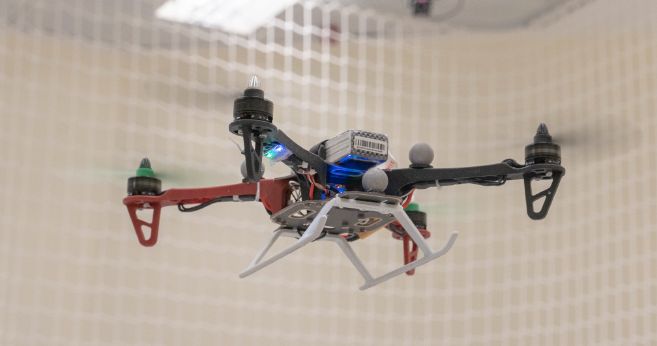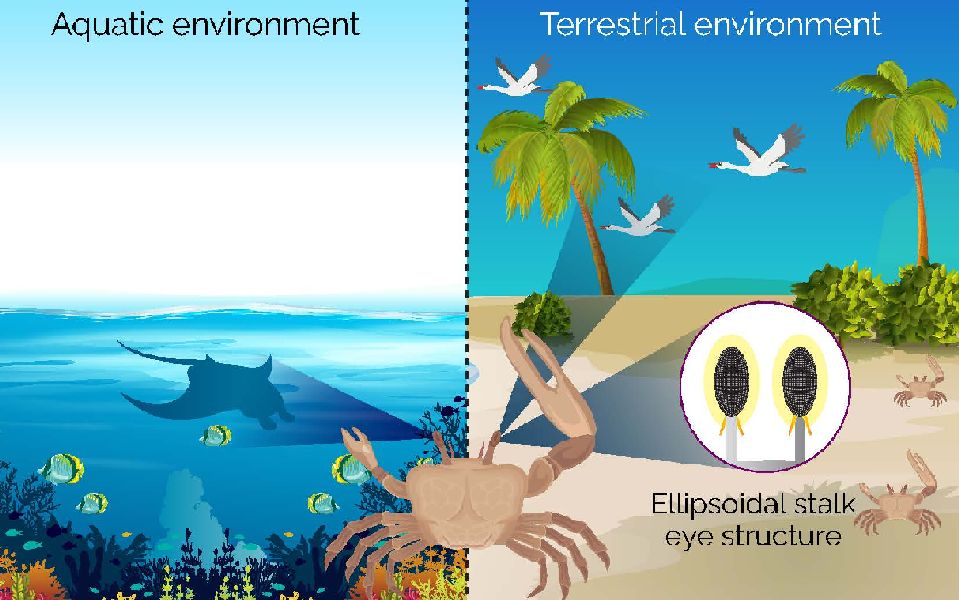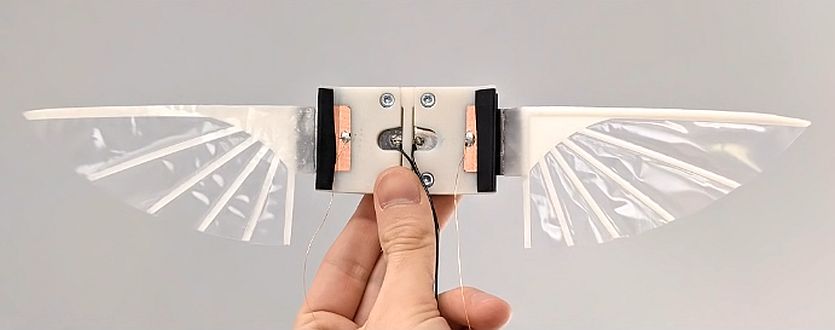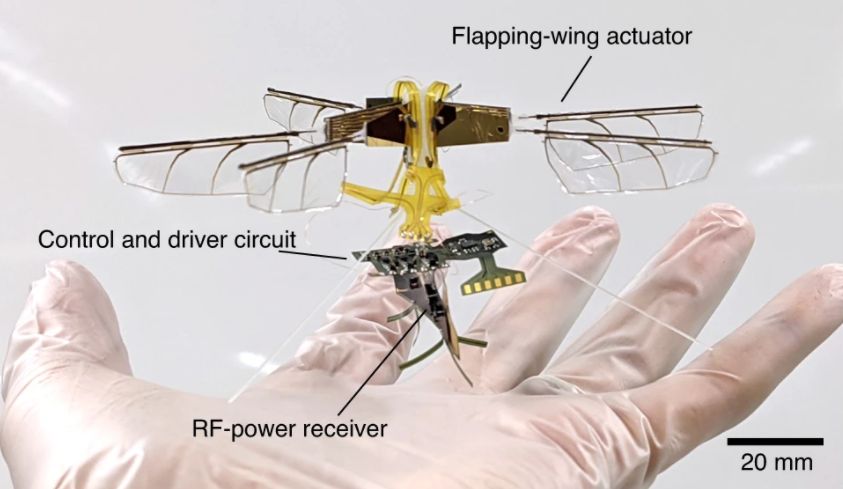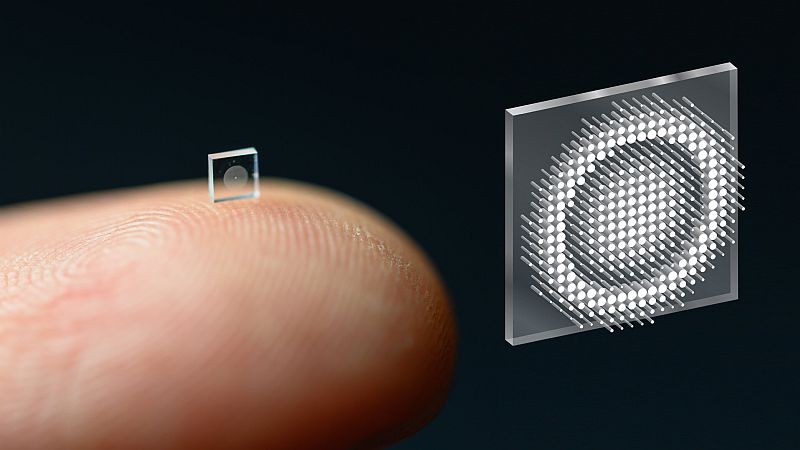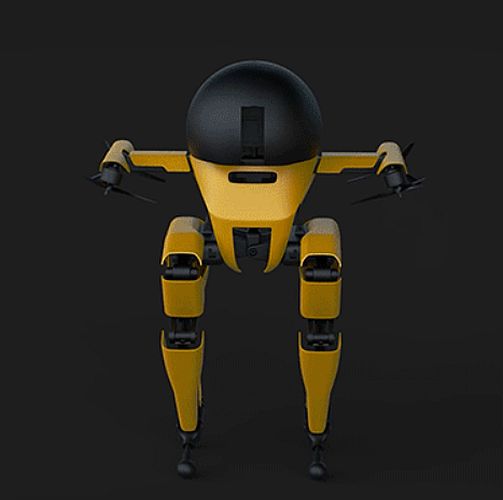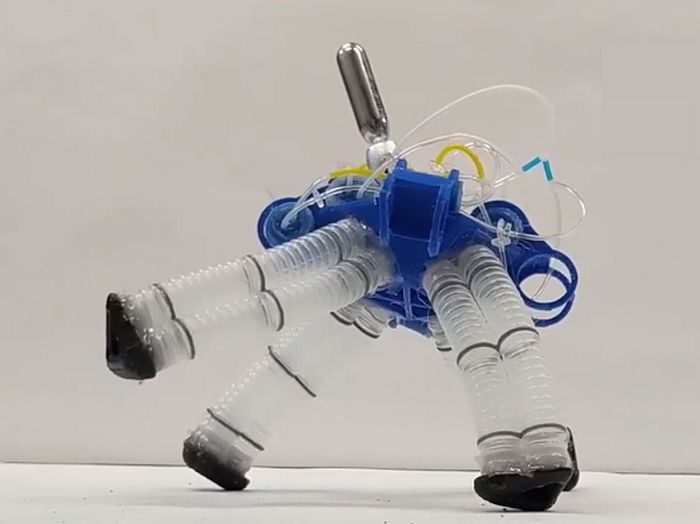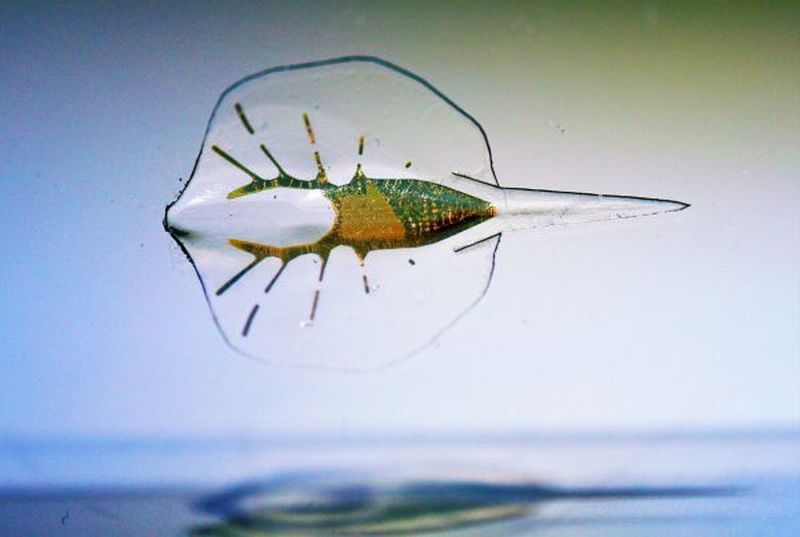In order to speed up the training process in robots and their adaptation in complex functions, researchers of five European Universities have come up with Rapyuta, the RoboEarth Cloud Engine, an open source Platform-as-a-Service (PaaS) framework. The platform facilitates bots to gain access to the massive computational, storage and communications infrastructure of modern data centers by connecting directly via internet. The Platform-as-a-Service (PaaS) also aids the bots in performing complex tasks such as mapping, navigation or processing of human voice commands in the cloud. It will also allow the machines…
Search Results for: autonomous robots
Interview: Dohyeon Lee, Robotics Scientist at Pohang University of Science & Tech, South Korea
Last week, I came across something that genuinely blew my mind – a flying squirrel-inspired drone with foldable wings. Yep, a drone that mimics how a squirrel glides through the air. It was one of those rare “wait, what?” moments that made me want to dig deeper. So, I reached out to the team behind it. Dohyeon Lee, one of the researchers on the project, said yes to an email interview.
Robotic Needle Achieves Precision Navigation in Living Model
When it comes to cancer-related fatalities, lung cancer tops the list. One of the main reasons could be the presence of tiny tumors in deep within the lung tissue. This poses a major challenge for surgical accessibility. To address this challenge, researchers at UNC Chapel Hill and Vanderbilt University have been trying to fabricate an exceptionally flexible yet durable robot. The device will have the capability of maneuvering through the intricate terrain of the lungs.
Interview: Dr. Yifan Zhu, Robotics Scientist at the University of Illinois at Urbana-Champaign
In the vast realm of the Intelligent Motion Lab, where the interplay of human ingenuity and technological wonders dance harmoniously, resides Dr. Yifan Zhu. A visionary soul, Dr. Zhu finds solace in the realm of robotics, under the wise guidance of Prof. Kris Hauser. Together, they delve deep into uncharted territories. Like a master sculptor shaping formless clay, Dr. Zhu’s focus lies in unravelling the secrets of deformable objects. Through painstaking analysis and intricate algorithms, he breathes life into these enigmatic entities, capturing their essence within a digital tapestry.
Plant-inspired Controller for Robotic Arms: Biomimicry
Biomimicry is the practice of imitating biological systems and processes. So far, it has been a valuable approach in robotics. By copying animals’ designs, engineers have tried to replicate billions of years of evolution. It has resulted in highly efficient and adaptable designs that nature has already passed on to. For instance, energy-efficient walking patterns inspired by animal gaits or bio inspired vision systems or lizard inspired four-legged robot.
Real-time Neural MPC: Deep Learning & Model Predictive Control Framework
Model predictive control (MPC) is a powerful technique that has gained popularity in recent years for controlling the movements of robotic agents. It involves using a model of the agent’s dynamics to predict its future behaviour. Followed by optimization of this behaviour to achieve a desired goal while also satisfying a set of constraints. MPC algorithms are capable of handling complex scenarios and can consider various factors such as the agent’s physical constraints, environmental conditions, and the dynamics of other objects in the environment. This makes MPC a popular choice…
Crab Inspired all weather Vision System: Biomimicry
To improve the imaging component in robotics, researchers have been trying to create various types of highly performing cameras, sensors and artificial vision systems. Most of the vision systems are bio-inspired that is, they have been emulated from the systems and elements of nature including humans, animals, insects and fish. These systems, however, have their own restrictions because they operate in limited environment respectively. For instance, majority of (bio-inspired) existing sensors and cameras works either one of the following scenarios: on the ground like biomimetic eye with a hemispherical…
Insect sized Flying Robot with Flapping Wings: Micro air Vehicle
Researchers at the University of Bristol, U.K. have fabricated a flapping-wing microrobot that can produce more power than a similar-sized insect. The micro-air vehicle is a product of biomimicry, inspired from bees and other flying insects.
Wireless RF Powered Insect Scale Aerial Vehicle: Miniature UAV
Researchers at Toyota Central R&D Labs have developed a wireless radiofrequency power based tiny aerial robot.
Surface Optics & Neural Based Processing: MetaOptics
An international team of researchers at Princeton University and the University of Washington has developed a micro-sized camera to the size of a salt grain.
Biomimicry: LEONARDO, the Bipedal Robot can Walk and Fly
Nature not only inspire poets, artists, painters but also engineers. In an attempt to simulate the locomotion of birds, researchers at Caltech have developed a bipedal robot that has a movement that is between walking and flying.
Interview: Dr. Guido de Croon, Professor at Delft University of Technology Netherlands
Dr. Guido de Croon is a Full Professor at Delft University of Technology Netherlands. Dr. Croon’s research interests focus on the bio-inspired robotics, micro air vehicles, vision-based navigation and swarm robotics.
Electronics Free Quadrupedal Robot: Pneumatic Efficiency
Researchers at the University of California San Diego have come up with an innovative approach in creating soft bot that is devoid of any electronics. Rather it is an air powered robot. All its controls and locomotion are done with the help of pressurized air.
Interview: Robert Cheek, Head of Business Dev at UVify, San Jose, CA
Recently, we got the pleasure of having a virtual meet up with Drone and AI startup UVify’s, Head of Business Development, Robert Cheek. UVify’s new Draco drone was the main attraction at CES 2017. The startup has developed technologies that can provide drone racing to general public. For those who are interested, Draco is currently up for pre-order, at $499. Shipping is expected to start by the next quarter.
Muscles Powered Biohybrid Devices: Robotics with Tissue Engineering
Let’s picture the word, “Robot”, immediately, we get a glimpse of self operating machines, with nuts-and-bolts as building blocks. These machines are permeating all sections of our society. Machine human relationship has crossed the realms of science fiction. In fact, machine learning has become one of the most interesting and sought-after science, sprouting artificial intelligence (AI).

